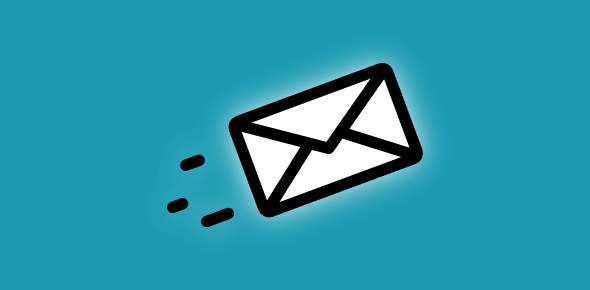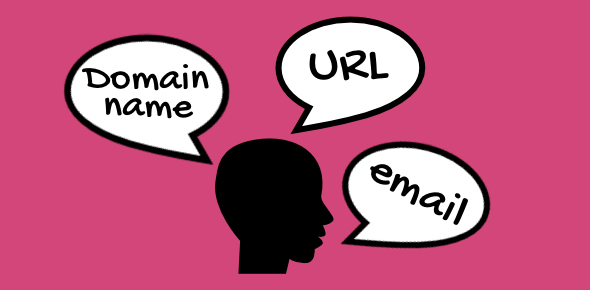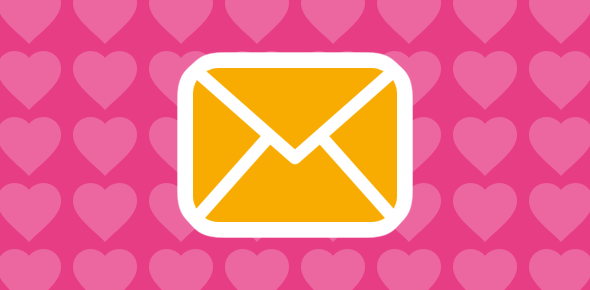A few days back, I was helping my wife set up AOL email on her new laptop. We decided on using Windows Live Mail, the default mail program on the Windows 7 operating system. When configuring the email settings manually, I asked which email protocol she would prefer. After a brief moment of complete silence, she rolls up her eyes and says, Do you think I know or would like to know the difference between POP3 and IMAP
?
Well, though my better half might not be interested, I’m sure many of you would be intrigued. Here is a non-technical explanation of the differences between POP3 (Post Office Protocol) and IMAP – two very popular email protocols. But before, that let’s touch upon some basics.
Sponsored Links
Email and how it works: a really quick introduction
- Email (electronic-mail) is a mode of digital communication.
- Generally, one needs to have an email account to send a message. Each account gets you an email address.
- Every email address is unique which means, no two people can have the same mailbox, unless they share it.
- Nowadays there are tons of companies on the web offering free email accounts – check out popular email services. Also, if you have an internet connection from an I.S.P., they would have provided you with an email address.
- Email accounts or online mailboxes are ‘physically’ present (in the digital sense) on server machine. These are high-end computers connected to the internet 27/7/365.
- For instance, if you own a Hotmail email address, your account will exist on the Hotmail server.
- Most people check email accounts using either webmail or email programs.
- Webmail lets you access your mailbox using the familiar web browser program and an internet connection – nothing else is required. However, without an active net connection the account will not be available. Read the advantages of webmail if you want to know more.
- With an email program, you can download and store messages on your computer so that they are accessible even without an internet connection. Refer advantages of email programs.
- There are many popular and free email programs and one would probably be already installed on your computer.
I hope you now understand that your email box resides on a server and NOT your computer. The messages can be downloaded to your local system using email programs like Outlook Express.
So what is the difference between POP3 and IMAP?
POP3 and IMAP are email protocols and help an email program connect to the server that has your mailbox. For this the account has to be first added in the chosen email program. This is not as difficult as it sounds because most programs offer a ‘set up wizard’ that will walk you through the steps.
Tech jargon: You are required to provide the incoming and outgoing mail server information when setting up an email account on your computer – more on this below.
Though both allow you to download message to the computer, the main difference between POP3 and IMAP lies in message synchronization or the lack of it.
If the POP3 protocol is used to set up the account, messages will typically be downloaded and removed from the server. Having said that, most email programs do allow you to leave a copy of the message on the server. However, problems start when you use two or more computers / devices to access the same email account. In such a scenario, even though each machine can have the same set of emails in the Inbox, the “Sent” and “Drafts” folders will not be in tune. Thus, messages sent from one computer will only be available on that machine. The same goes for email you’ve saved as drafts.
Such issues don’t arise with IMAP. This protocol synchronizes the online email account with all computers and devices (email on cell phone) that access it. Thus, you’ll have the exact same set of email messages on all machines. There is a downside to IMAP too. If you delete a message from one machine, it will be removed from all the others and the online server.
Which one should you employ – POP3 or IMAP?
This depends entirely on how you plan to maintain and use the email account. If you want to keep a copy of the message on the online server, use POP3. However, those obsessed with organization should move on the IMAP path.
Take the example of the AOL email service which lets you access the account through both POP3 and IMAP – yes, for free! AOL also offers unlimited storage space. Will it be a good idea to let a copy of the message lie on the server because space is not longer a constraint? Or would you rather prefer maintaining the same set on your computer and the AOL email account you’ve set up on the iPhone?
It’s your call… sorry, I can’t decide for you!







Hi, Can u please tell me the host name for Hotmail through IMAP like “imap.gmail.com”?
Hotmail comes with POP (Post Office Protocol) and DeltaSynch. It does not support IMAP. DeltaSynch works somewhat like IMAP though you need to use Windows Live Mail (or another free email client from MS).
I’m setting up Gmail on Outlook on my new computer. I already have two other computers in which Gmail is configured as POP3. When setting up the new computer it automatically configured Gmail account with IMAP. So I’m curious. Can I have a Gmail account configured on one computer as IMAP and POP3 on another? Will it just delete from server on the IMAP configured computer and leave a copy when I use the POP3?
Great article, by the way!
Thank you!
@Anne Braghero,
You can always undo the IMAP configuration of Gmail – delete the account and then select POP3 as the email protocol. The program should allow you to do that but in case it doesn’t provide an incorrect email address which will override the automated settings – this is similar to the little trick I used to configure Hotmail on Windows Mail Vista.
As per my understanding, if you’re going to use Gmail via IMAP on one system and POP3 on another, a copy of the message would NOT be left on the server because the IMAP machine will always try to synchronize the local account with one on the server.
Good explanation without requiring a lot of IT knowledge.
@Crutchfield
Glad to know you liked the article.